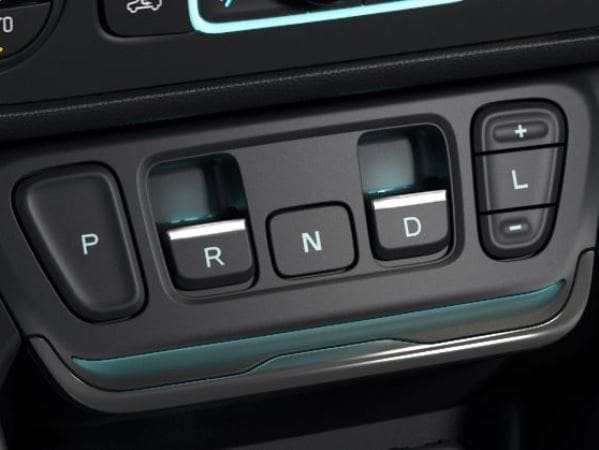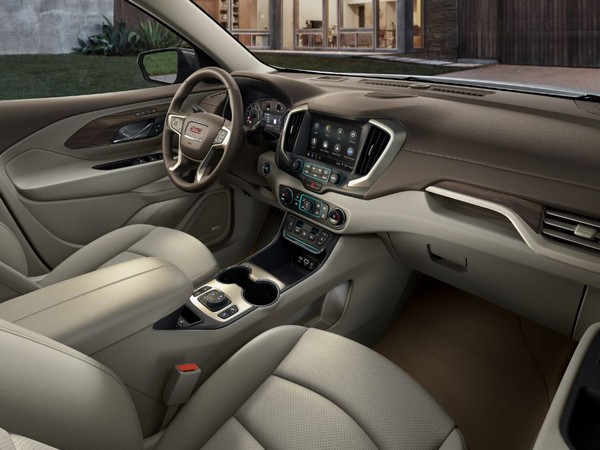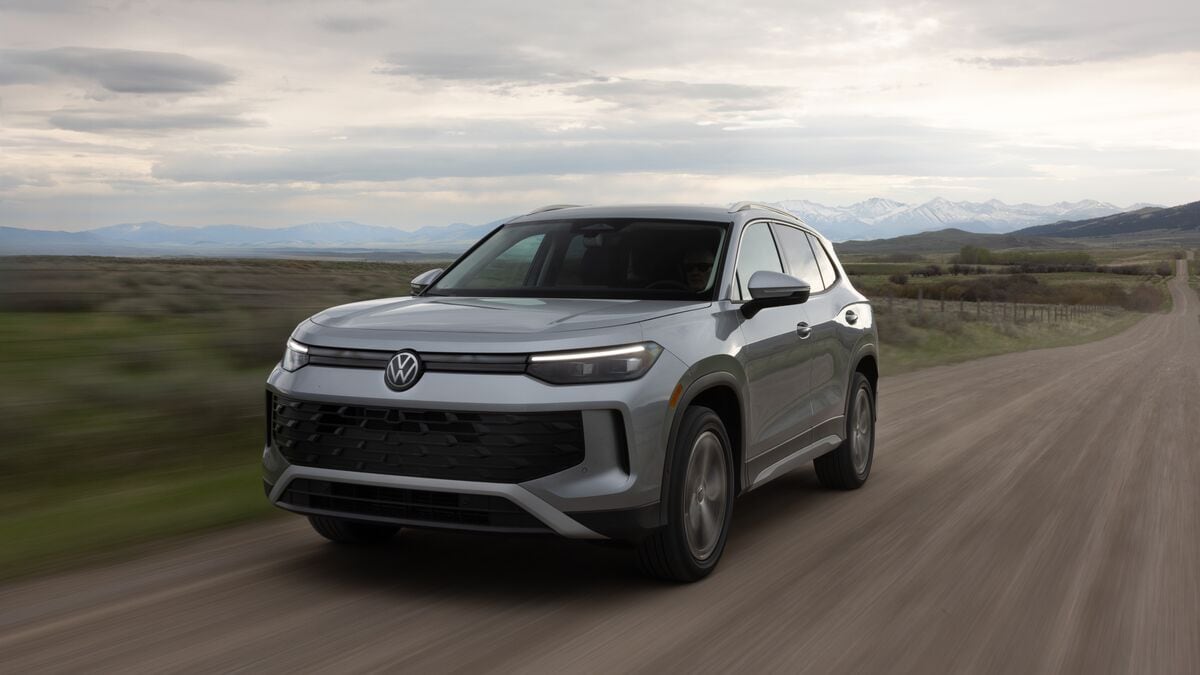Reinventing PRNDL
UPDATE: We’ve now driven the 2018 GMC Terrain
A detailed first drive of the next generation of GMC’s compact Terrain SUV is on the near horizon (specifically, August) In the meantime we’ve had a first demonstration of its new Electronic Precision Shifter (EPS). EPS is a sub-theme in this all new vehicle, but it’s significant for several reasons:
One, it does away with the traditional shift lever and linkage. While there are other systems whose connection to the transmission is electronic, most are still operated with a lever or a dial, a few with push buttons.
Two, eliminating the shifter from the center console opens up territory that the interior design team could devote to other purposes, important in a vehicle that’s smaller than its predecessor and equipped with a large center-dash touch screen.
Three, the GMC design team feels the new EPS system is user friendly and all but foolproof.
The EPS controls are horizontally arrayed on a small panel at the bottom of the center stack, a series of switches marked P (Park), D (Drive), N (Neutral), R (Reverse), and L (Low). P, N, and L are push buttons, while D and R are pull switches, giving the controls tactile differentiation and reducing the possibility of mistakes. Important, given the location of the panel.
Also: Get your first look at the new and redesigned cars of 2018
Operational safeguards
Beyond that, "P" won’t activate unless the vehicle is moving at very low speed, under 3 mph. If the driver does engage Park while the Terrain is still crawling, the engagement is quite abrupt, and something the driver is unlikely to repeat. Similarly, Reverse can be switched on while the vehicle is moving forward, but won’t activate until speed drops to a crawl. The engineering rationale for this is that shifting into reverse is common with many drivers, and with EPS, there’s no mechanical downside. Low range survives largely because it’s legally required.
All the switches are backlit when engaged.
The EPS system will control a new 9-speed automatic transaxle mated with the Terrain’s two turbocharged 4-cylinder engines, and a 6-speed automatic with the 1.6-liter turbodiesel that will be available sometime in October. The trio of engines replace a naturally aspirated 2.4-liter four and a 3.6-liter V6. Shared with the Chevrolet Equinox, the basic 1.5-liter turbo four is rated for 170 horsepower and 203 lb-ft of torque. The upgrade 2.0-liter generates 252 hp and 260 lb-ft, while the diesel is rated for 137 hp and 240 lb-ft.
While the new engines are down on power compared to the previous generation, the new Terrain is smaller and substantially lighter, and GMC anticipates similar performance. EPA ratings will be available closer to launch.
As for the EPS system, it’s a first for GMC and General Motors. In development since 2014, GMC says it has generated positive feedback in static and dynamic clinics over the course of its design evolution. It will be standard in all four Terrain trims — SL, SLE, SLT, and Denali. The acid test begins in August.









